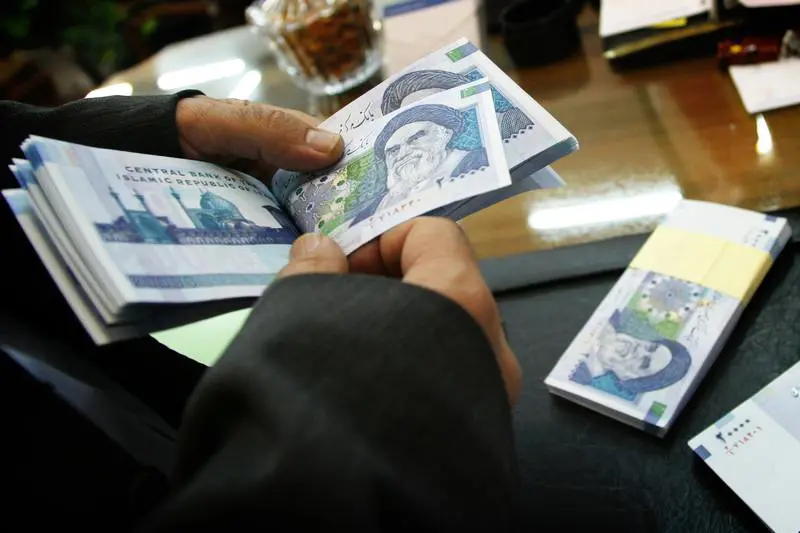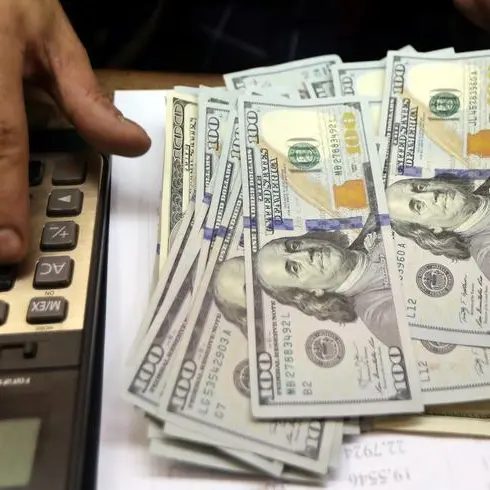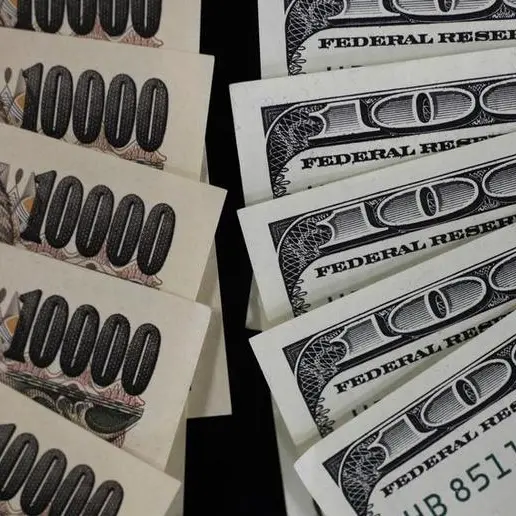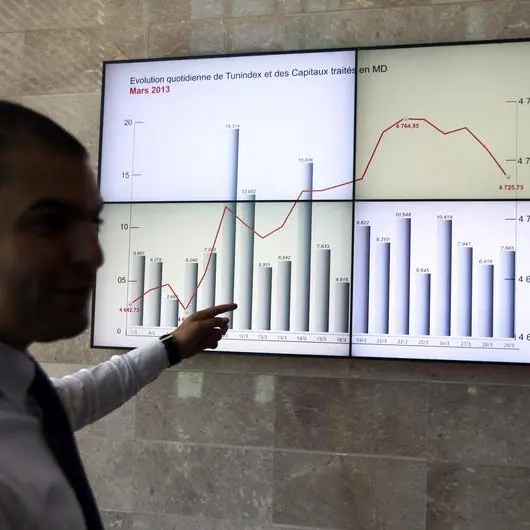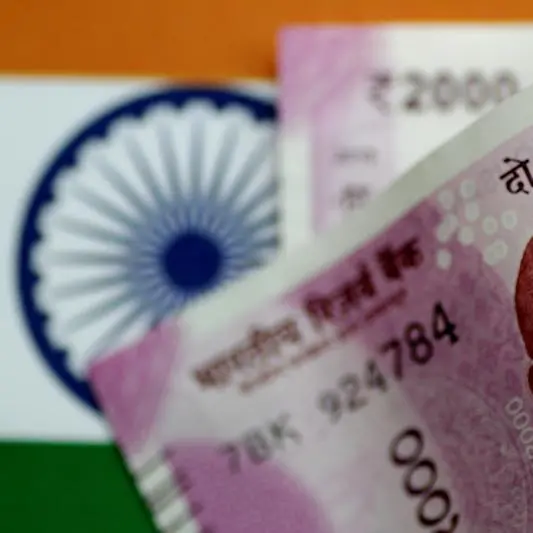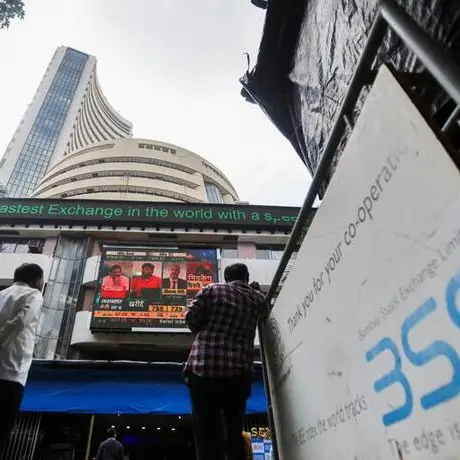PHOTO
LONDON/DUBAI - Iran's rial rose on Tuesday as authorities in Tehran sold U.S. dollars and clamped down on unofficial foreign exchange trade in a drive to rescue the currency from record lows hit because of U.S. economic sanctions, traders said.
The rial traded at 147,000 to the dollar in the unofficial market, up from 156,500 on Monday and a record low of 190,000 reached last Wednesday, according to foreign exchange website Bonbast.com.
The currency's slide, from levels around 43,000 at the end of last year, has eroded the value of ordinary Iranians' savings, triggering panic buying of dollars.
The rial has been undermined by the prospect of U.S. sanctions after Washington pulled out of an international deal on Tehran's nuclear programme. U.S. measures targeting Iran’s oil industry are due to take effect in November.
Traders said on Tuesday that the central bank appeared to have released more dollars into the market in the last several days in an effort to halt the rial's slide, which is disrupting Iran's foreign trade and pushing up inflation.
On Saturday, the government announced the central bank would intervene in the market through banks and authorised exchange shops to control the exchange rate.
Meanwhile, authorities clamped down on Tuesday on websites and social media groups tracking the unofficial foreign exchange market.
Some websites, such as Mesghal, only showed the little-used official rate of 42,000 rials to the dollar, while others such as 2gheroon did not announce any rate for the dollar. A group on the Telegram messaging service, called the Forex and Gold Portal, was suspended; it had around 38,000 members.
Tehran police chief Hossein Rahimi was quoted as saying by state television that police had "dealt with" 15 websites that were posting "wrong" prices for the dollar.
"The brokers in the market are under police surveillance and they will be severely punished," he said.
On Sunday, special courts set up in a campaign against financial crime sentenced three people to death for spreading corruption, a punishment that was seen by some currency traders as a warning against pushing the rial lower.
An International Monetary Fund report in March said Iran was running a current account surplus and had over $100 billion of gross official reserves. These numbers suggested Tehran might have enough financial ammunition to defend its currency.
However, the U.S. sanctions could cut the current account surplus sharply, while the IMF said Tehran was having difficulty accessing some of its reserves because its relations with foreign banks were constrained by the threat of sanctions.
(Editing by Matthew Mpoke Bigg) ((andrew.torchia@thomsonreuters.com)(+9715 6681 7277)(Reuters Messaging: andrew.torchia.thomsonreuters.com@reuters.net))
